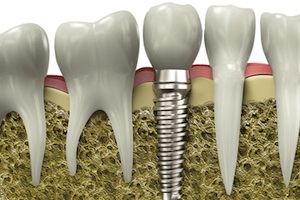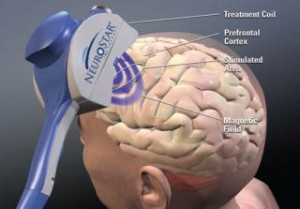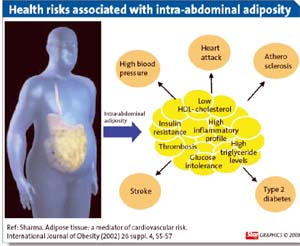So far the risk for birth defects has been associated with the age of the mother: women over 35 run a higher risk of having a child with a genetic abnormality or birth defects than younger moms. Nothing much was said about the age of the father.
An epidemiological study by Dr. Mark Walker at the Obstetrics, Maternal And Newborn Investigation (OMNI) Research Group in Ottawa took a closer look at 24,916 infants with birth defects. The incidence of birth defects was broken down by paternal age in five-year increments, after considering and adjusting for other risk factors like maternal smoking, maternal age, alcohol consumption and prenatal care.
It turns out that the age of the father is of importance: the lowest incidence was among infants fathered by men of the age group of 25 to 29 years.
The risk for birth defect increased with each subsequent paternal age group. Risk was highest where the fathers were age 50 or older.
More on birth defect (chromosomal abnormalities): http://nethealthbook.com/chromosomal-abnormalities-2/
Reference: The Medical Post, August 9, 2005, page 17
Last edited October 29, 2014















